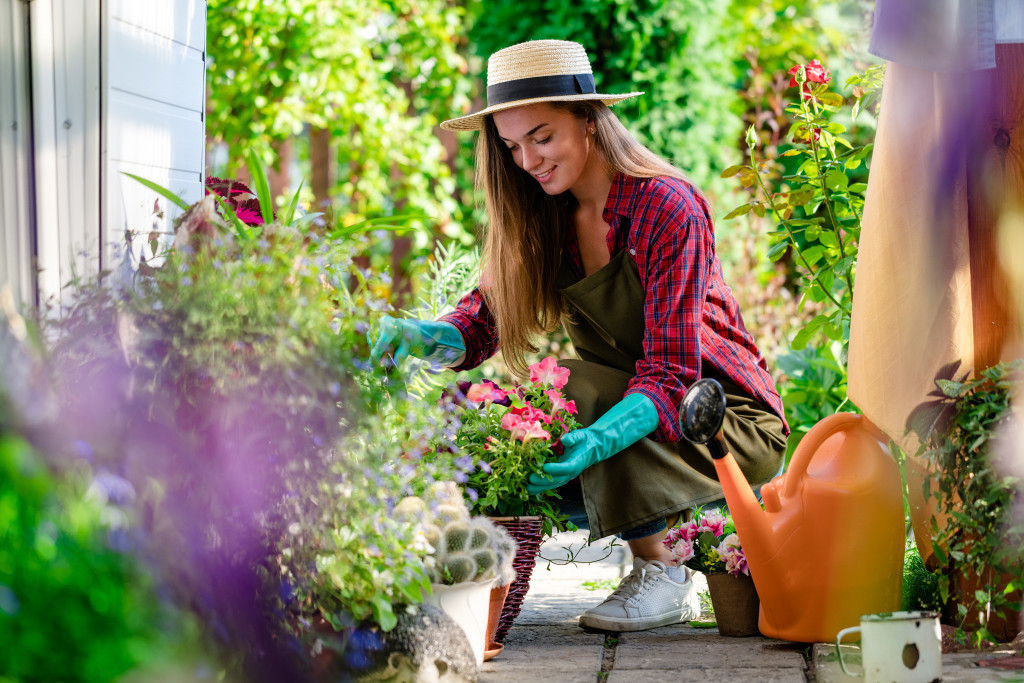When you’re looking at your garden in the middle of winter, it might feel far away. While it might still be some months until the last frost date and the warming up of your garden, it’s never too early to prepare for spring.
With these tips, you’ll be able to get a jump on the season and ensure that your vegetables and flowers grow into an abundant food source or stunning focal point in time for the sunniest days of the year.
The Best Time to Plant Vegetables and Flowers
One of the most important tips regarding preparing your garden for spring is determining when you should plant your vegetables and flowers. Each type of plant has its own window for best growth, so it’s important to plan accordingly. For example, if you live in a climate with cold winters, it’s best to get your garden planted before early spring. However, if you live in a climate with hot summers, the planting window is later in the season. If you’re not sure where to start, consult our guide on when to plant vegetables and flowers.
The Best Ways to Improve Your Soil for Planting Outdoors
If your soil isn’t rich enough to support the growth of your favorite vegetables and flowers, there are several ways you can create or improve it for optimal planting. In essence, you want to make sure that there is adequate space between the constituent particles in your soil, which will allow air and water to flow through your soil.
Soil that is too compressed can actually reel water and prevent plant growth. The best way to improve the soil in your garden for spring planting is to add organic material, such as manure or compost, while also working it deeply into the soil.
Improving Your Indoor Garden During Winter
To help you prepare your garden for spring, it’s also a good idea to look at the health of your indoor garden. If you’re growing vegetables and flowers inside in winter, determine if there is excess moisture or light entering the space during certain times of day when windows are open.
If so, choose different areas in your home to place your plants or make any necessary adjustments to your grow lights or ventilation system. You can also read our guide on how to winterize your indoor garden.

Investing in Good Irrigation
To help your plants grow better, you can install an efficient irrigation system that takes into account the unique needs of your plants. By getting an irrigation system, you can automate and adjust for changes outside like rain and wind. This will prevent overwatering and ensure your garden is healthy all year long.
Give Your Seeds Some Shade
If you want to get a jump on your spring planting, there are some steps you can take right now. Seeds will have difficulty germinating during the cold winter months, so starting them off correctly is essential.
If you want to get a jump on your spring planting, there are some steps you can take right now: during the cold months of winter, seeds will have a hard time germinating, so it’s essential to start them off right. If you want to make sure they have a chance at a healthy start, give them some shade during this cold time.
You can put up a little makeshift greenhouse using clear plastic and some stakes to hold it in place. Use as many layers as you need – the more, the better!
For an extra boost of warmth, place cloches over your seedlings once they are planted. Cloches are glass or lightweight plastic covers that you can lay right on top of your seeds, and they will absorb the sun’s warmth to speed up germination.
Cloches (glass or lightweight plastic covers) can be placed over your seedlings once they are planted. They will absorb the sun’s warmth to speed up germination.
Push Your Seeds
If you’re looking for a way to get your garden started as early as possible, it’s time to start thinking about pushing your seeds. You can do this by using some media that is warmer than your soil.
Remember to remove your cloches in the early morning sun when it’s warm enough (usually about two to three weeks after putting out your seeds). They can cause excess moisture and rot your plants if left on for too long.
Now that you know what to do in winter to get your garden ready for spring planting, the only thing left is to get out there and do it! The extra effort should pay off by giving you healthier plants when they are most likely to flourish.

